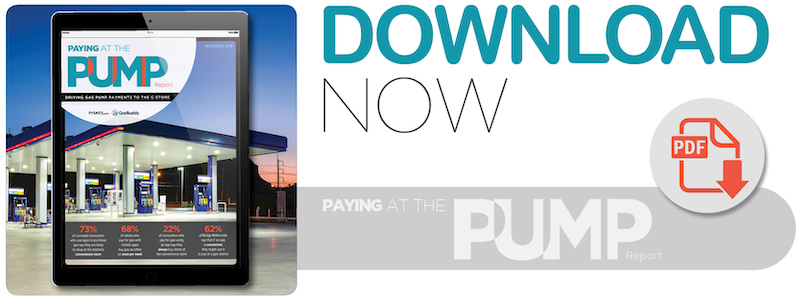Postmates has stepped up its delivery game with a robot designed with eyes, turn signals and even the ability to yield.
Serve is a semi-autonomous rover that uses cameras and Lidar to navigate sidewalks, but also has a human pilot working remotely who can take control if there’s a problem. And a “Help” button, touchscreen and video chat display that allows customers or passers-by to call for assistance if needed.
Serve will be available in various cities over the next year, starting in Los Angeles. Customers can get their food deliveries by unlocking Serve’s cargo hatch with their phone or a passcode, or the robot can pick up food from restaurants and bring it to a Postmates dispatch hub so delivery people can take packages the last mile.
“Somehow as a society we’re OK with moving a 2-pound burrito with a 2-ton car. All the energy is used to move the car, not the burrito, and there’s all the congestion it introduces,” Postmates X Special Projects Ali Kashani, VP Ali Kashani told TechCrunch.
Serve can carry 50 pounds for 25 miles on a single charge — enough to make around a dozen deliveries per day. And because of its light ring with turn signals and eyes that can indicate where it’s trying to go, Kashani believes Serve could become a natural part of the urban environment.
“We took time to figure out what is the language for the rover and pedestrians to interact with each other. If a robot is at a sidewalk and wants to be able to cross the street, it needs to show its intent to cross,” Kashani said.
Postmates is hoping these features will allow it to deliver in San Francisco, which partially banned delivery robots because they obstructed pedestrians. The company said its permit application is currently under review by the City of San Francisco.
And what if a customer wants their food delivered solely by a human? Kashani has hinted that the company might offer a model where a person will pay more to have a human take the delivery upstairs and directly to the front door.
——————————–
LATEST INSIGHTS:
Our data and analytics team has developed a number of creative methodologies and frameworks that measure and benchmark the innovation that’s reshaping the payments and commerce ecosystem. Check out the latest PYMNTS report on driving gas pump payments to the C-Store



